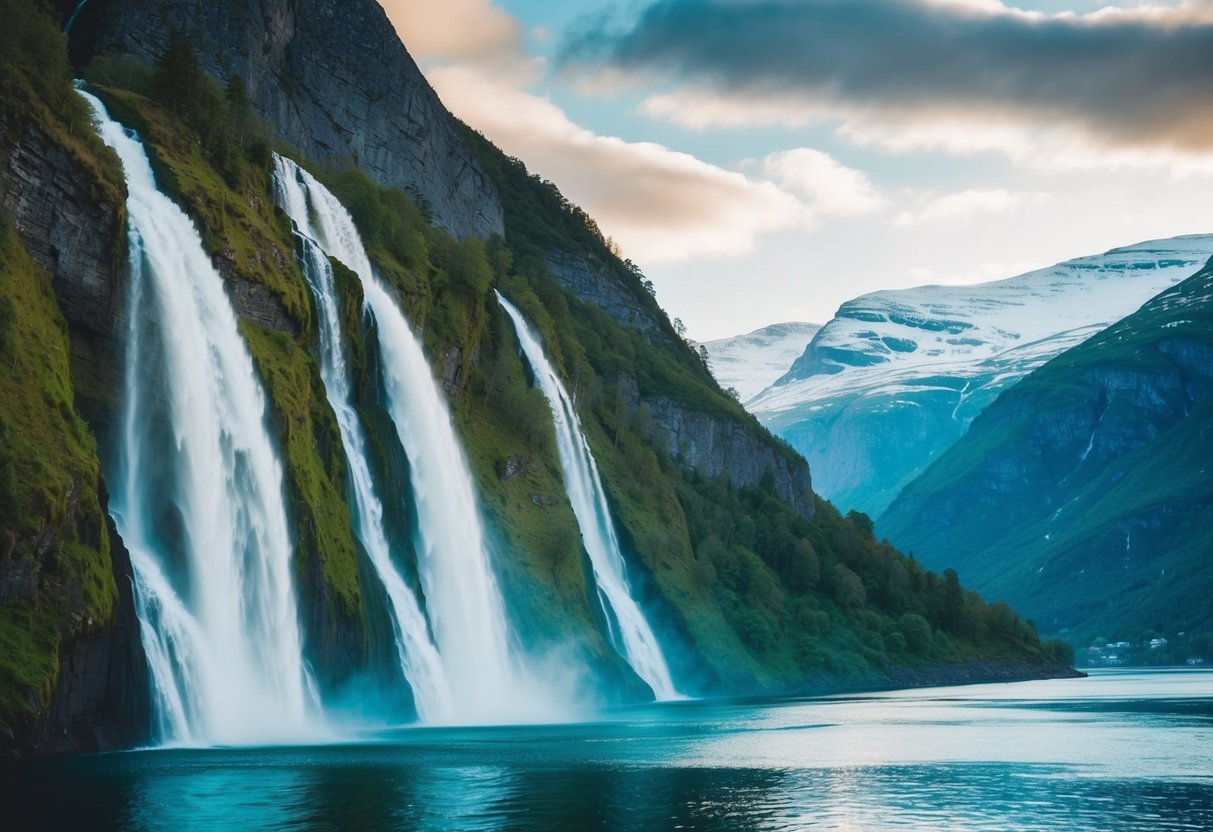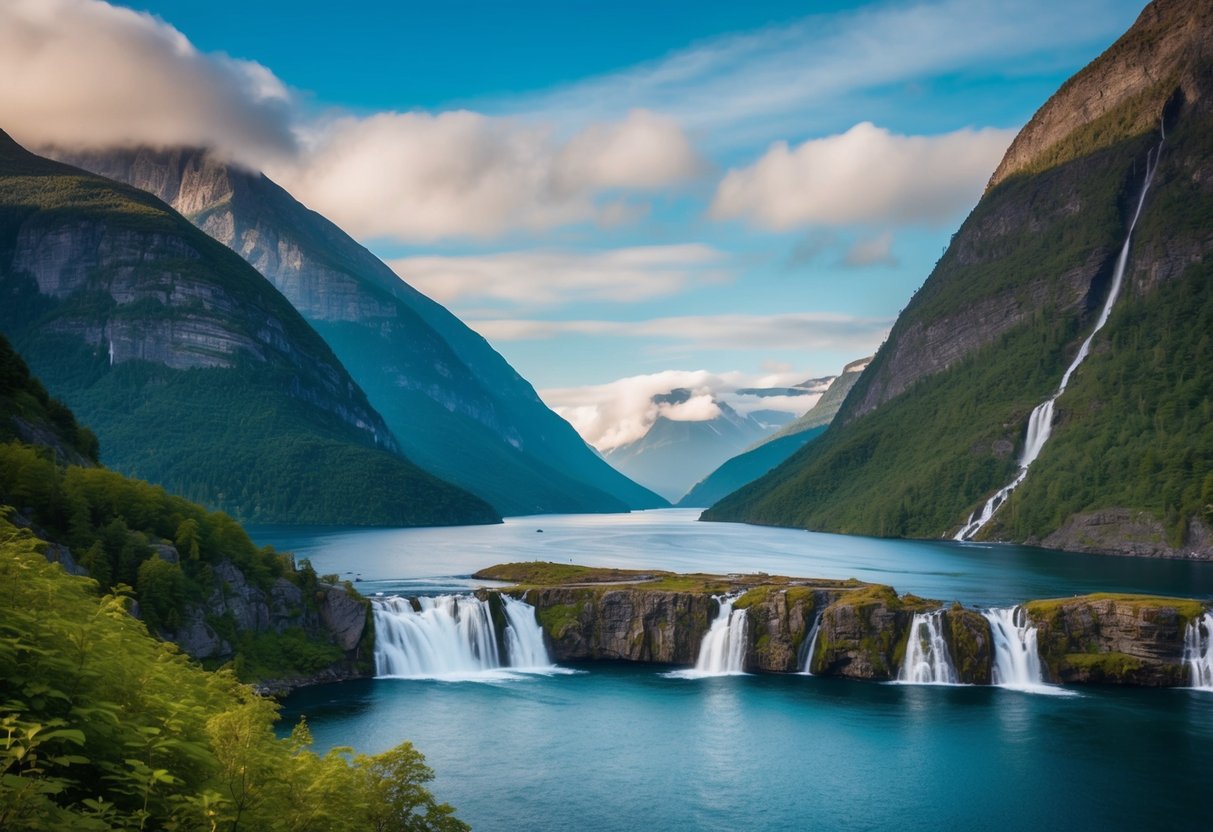
Driving the Scenic Route: Trollstigen and Beyond
Driving in the fjord region presents one of the most direct ways to experience its raw beauty. An iconic route is Trollstigen, known for its daring hairpin bends and dramatic elevation changes. This road carves through steep mountain slopes and offers panoramic views of surrounding valleys. Travelers can stop at viewing platforms along the way to capture the stunning scenery. Beyond Trollstigen, other routes intertwine through charming villages and along fjords, offering varied landscapes. For those with a sense of adventure and time, driving delivers both flexibility and intimacy with the region’s legendary landscapes.
Ferry Connections and Coastal Cruises
Ferries and coastal cruises offer a leisurely way to explore the fjords’ many nuances. With Hurtigruten among the most famous, these cruises navigate from Bergen to Kirkenes, offering unique views of the coastline. Passage through narrow fjord inlets reveals secluded waterfalls and cliffs. Many opt for short ferry rides that connect remote towns and provide a close-up view of fjord life. These transport options emphasize slow travel, letting passengers immerse themselves in the captivating scenery. For travelers who savor a more relaxed pace, these options provide a balanced mix of comfort and discovery while floating through Norway’s natural wonders.
Exploring Local Culture and History

Norway offers a rich tapestry of culture and history, showcased through its architectural gems and renowned museums. Visitors can wander through Bergen’s vibrant Bryggen, explore ancient stave churches, and embark on journeys through museums that highlight Norwegian heritage.
Bryggen: A Step into Hanseatic Bergen
Bergen’s Bryggen wharf stands as a testament to the city’s rich history as a trading hub. Recognized as a UNESCO World Heritage Site, Bryggen boasts charming, colorful buildings that harken back to the Hanseatic League era.
These preserved structures provide insight into Bergen’s economic significance during the Middle Ages. Walking through this historic area, one witnesses a blend of narrow alleyways and traditional constructions.
Bryggen’s archaeological museum reveals artifacts unearthed from bygone days, offering further understanding of the lives once lived there. It’s not just about architecture; tales of merchants and guilds bring history to life.
Stave Churches and Historical Sites
Norway’s stave churches, like the renowned Urnes Stave Church, offer a glimpse into medieval craftsmanship. These wooden structures boast intricate carvings and unique designs. Urnes, honored as a UNESCO World Heritage Site, exemplifies the fusion of Viking tradition and Christian symbolism.
Visitors to these historic sites are often amazed by their serene settings and the stories carved into their wood. In addition to churches, Norway’s historical sites, such as ancient fortresses and ruins, detail the country’s storied past.
Each site transports visitors back to times of vikings and monarchs. The preservation efforts ensure these legacies continue to educate and inspire future generations.
Norwegian Museums and Heritage
Norwegian museums are crucial for understanding the nation’s cultural evolution. The Norwegian Museum of Cultural History in Oslo showcases traditional costumes, farmsteads, and Sami culture. Exhibits here paint vivid pictures of everyday life through the ages.
In Bergen, the KODE Art Museums hold an impressive range of European art. Featuring pieces by Edvard Munch, these museums capture Norway’s artistic journey. The Fram Museum in Oslo explores polar exploration, emphasizing Norway’s maritime and polar history.
Together, these institutions form a comprehensive narrative of Norway’s transforming cultural landscape, contextualizing its historical journey for both locals and visitors alike.